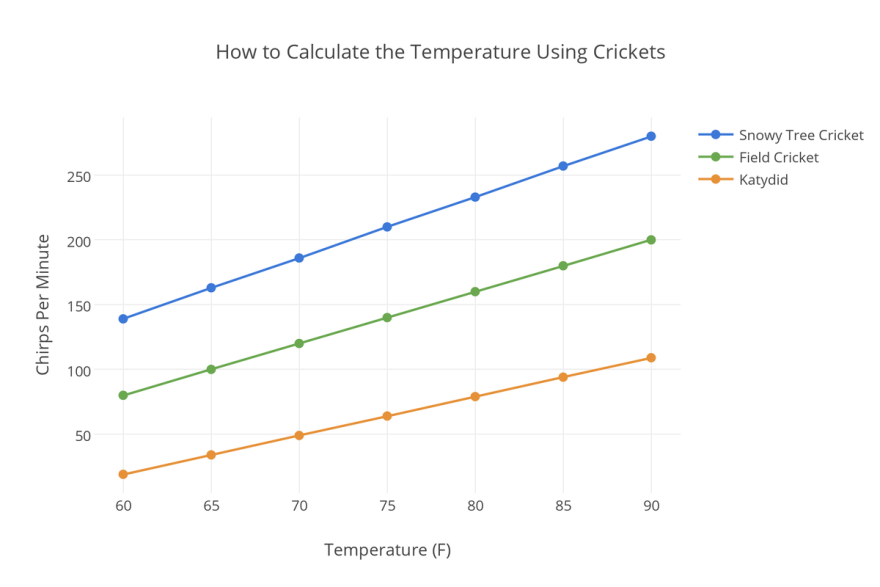Something Wild fan, Michael Carrier, wrote in recently, he said “If possible could you do a program about identifying some of the more common sounds you hear at dusk or night in New Hampshire.”
Yeah, we can do that.
So a typical evening scene in Anytown, New Hampshire is a symphony of sound. A screen door slams in the distance…a jake brake startles the neighbor’s dog…the weekend warrior fires up her motorcycle…But as the evening settles in and human sounds fade away we can better hear the natural world.
But even the rustling of our deciduous trees, barred owls, coyotes trying to locate their pack, a whippoorwill trying to locate a mate, and a red fox is staking out his territory tend to drown out a more subtle instrument in the orchestra.
If ever there was a sound that signifies August, it’s the quiet song of the crickets. Nathaniel Hawthorne described it as “audible stillness,” writing, “if moonlight could be heard, it would sound just like that.”
That especially appropriate because crickets are kind of the heralds of autumn, the season of the slowing frenzy of the natural world as it begins to prepare for the torpor of the cold months.
Some Simple Thermodynamics
New Hampshire plays host to a dozen different cricket species, but we’re going to focus on the Snowy Tree Cricket. But before we do a note on Dolbear’s Law.
Amos Emerson Dolbear was a physics professor at Tufts University around the turn of the last century. And he was almost famous for something else: radio. He invented the first telephone receiver, which explored technology Marconi would later use in his experiments with radio transmissions.
But what, you might ask, does any of this have to do with crickets? Well, Dolbear discovered that the chirps of the Snowy Tree Cricket correlate directly with the ambient temperature: when its hotter, the snowy chirps faster, and when it’s cooler, the chirps slow down. In fact they do so, so predictably that you can calculate the temperature by counting the number of chirps in fourteen seconds and adding 40.

Chances are you have probably over-looked the snowy many, many times. The field cricket is what most of us think of, when we imagine a cricket, a chunky, black grasshopper-like thing. But the snowy is much smaller, between half-inch and three-quarters of an inch long; and more delicate-looking, it’s green, with translucent wings and frequently disappears on the leaf it perches on.
And it’s those wings that create their signature sound, not their legs. They rub the edge of one wing against the wrinkles on the flat side of their other wing. And of course the reasons they make all this noise are the usual ones: sparring among males, warnings of danger – like a predator (or a sleep-starved flip-flop wielding entomophobe!), and of course, mating.
Keep a stop watch handy tonight, so you know how hot it will be.









